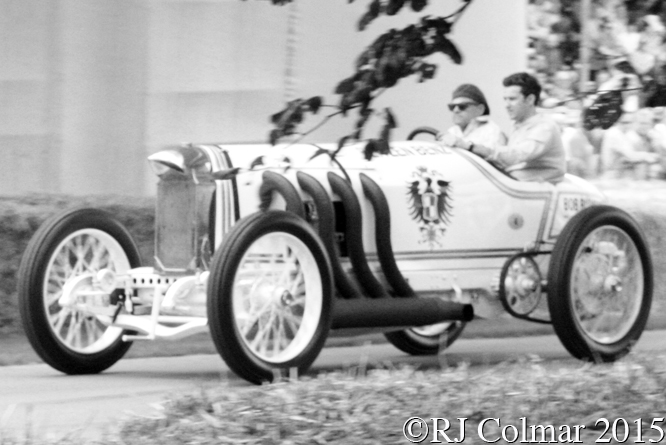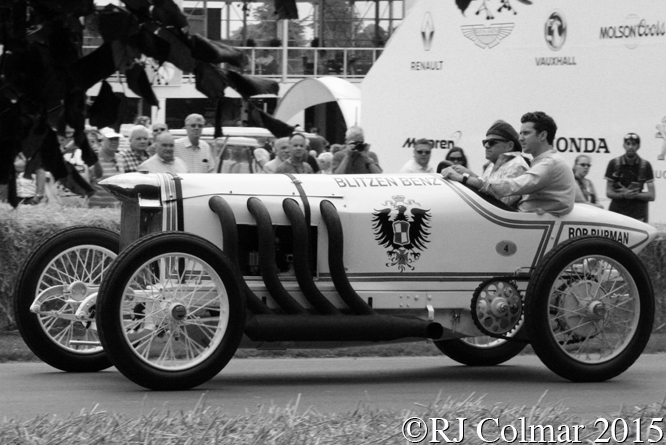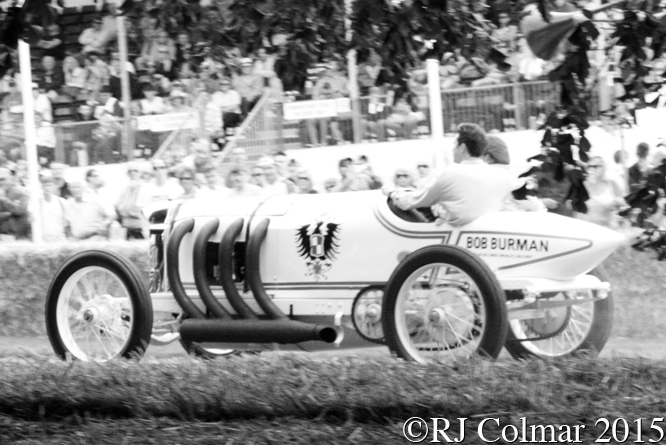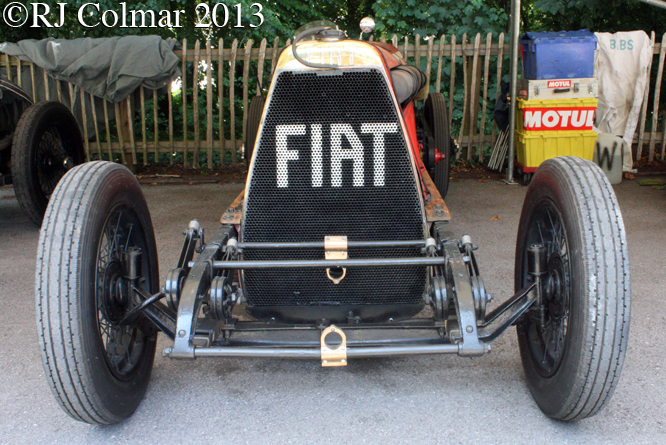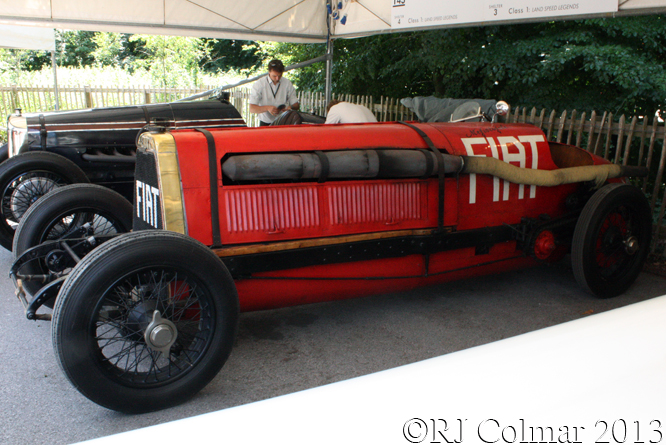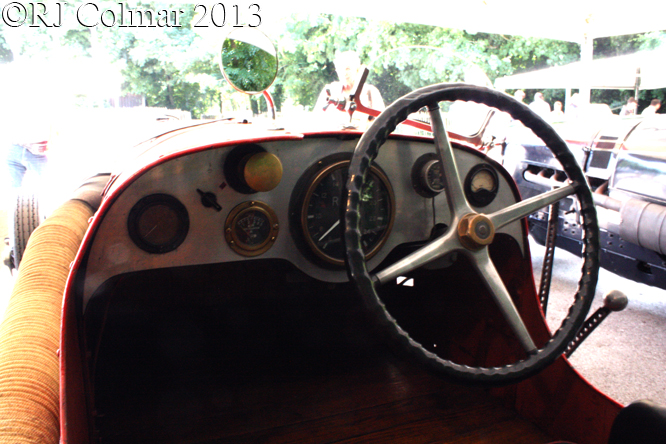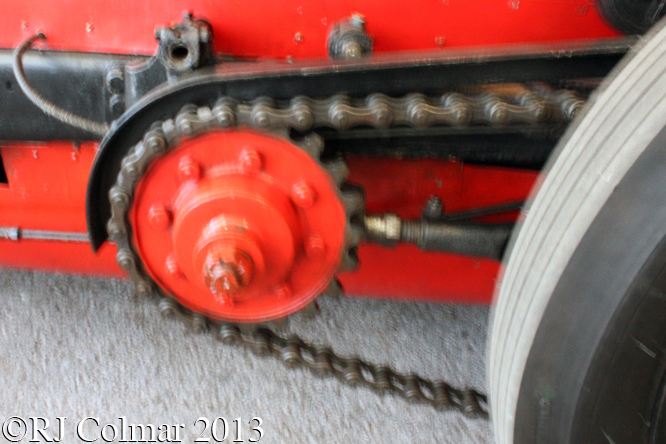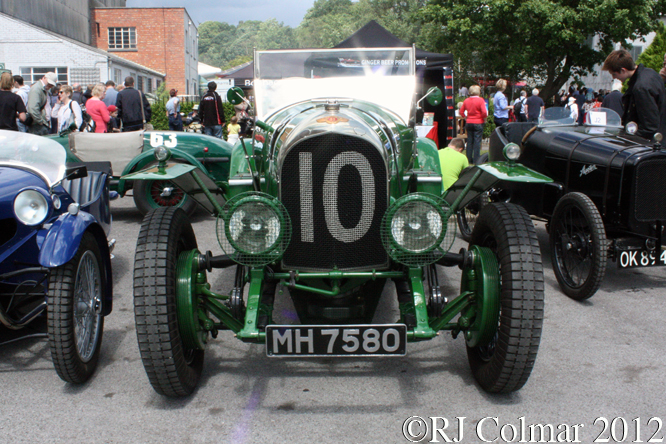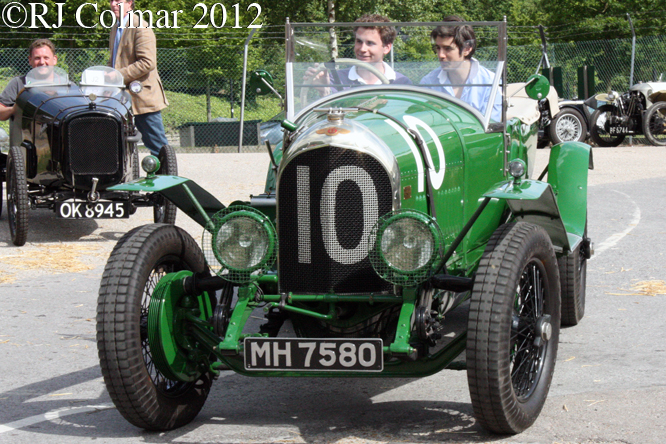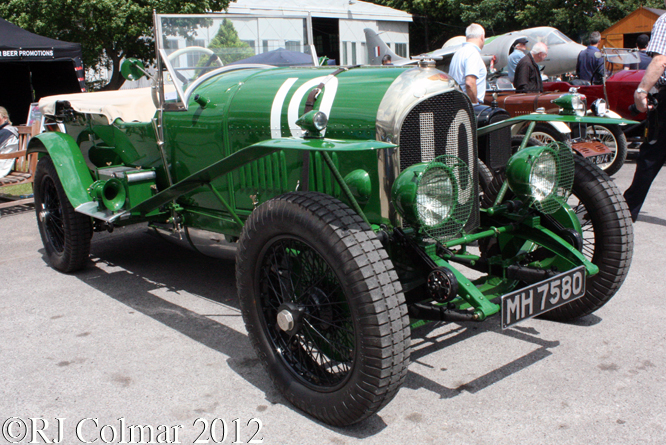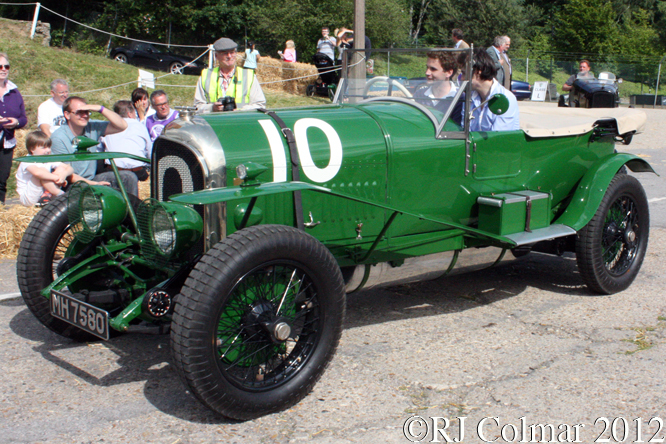With a full entry of 228 National Bangers and the first date of the season the Heavy Metal Classic at Standlake Arena near Witney in Oxfordshire attracted a full stadium of spectators and almost full overflow car park despite the promise of heavy rain and just above freezing temperatures.
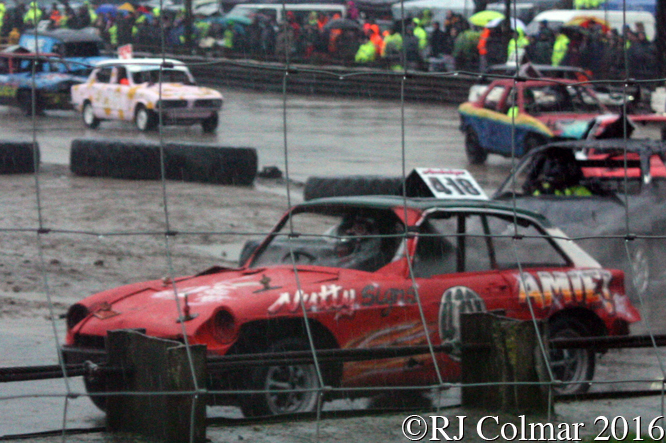
I confess my brain was so frozen I do not remember too many details of what went on though I do remember an interesting conversation regarding the machinations of Dr Jonathon Palmer’s empire based at Brands Hatch, above the #418 MG B GT was driven by Amie Chandler in the “Under 2 litre RWD Classics” class.
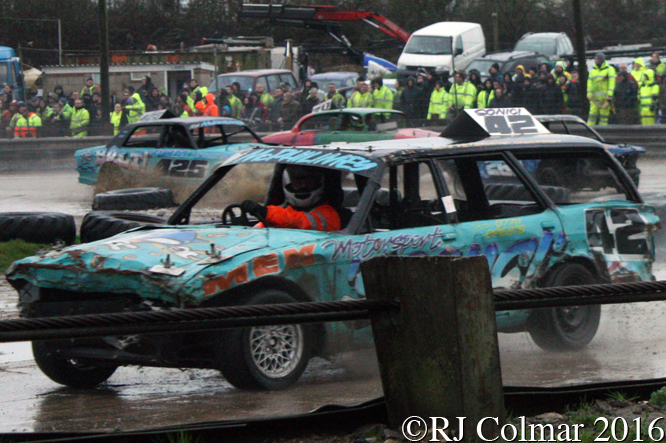
Pat McPhilimy strikes a professional pose in his #42 Ford Granada Estate during the first race for the Unlimited Class.
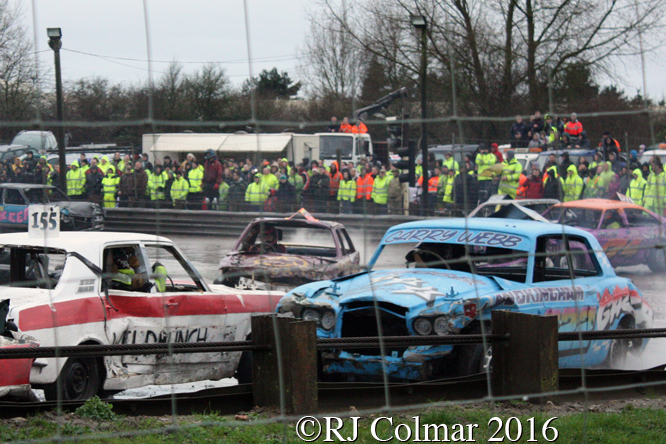
The Unlimited Class featured 2 Rolls Royces, above the rare Rolls Royce Corniche driven by Garry Webb is seen passing the #155 Ford Zodiac Mk IV driven by Robert Philips.
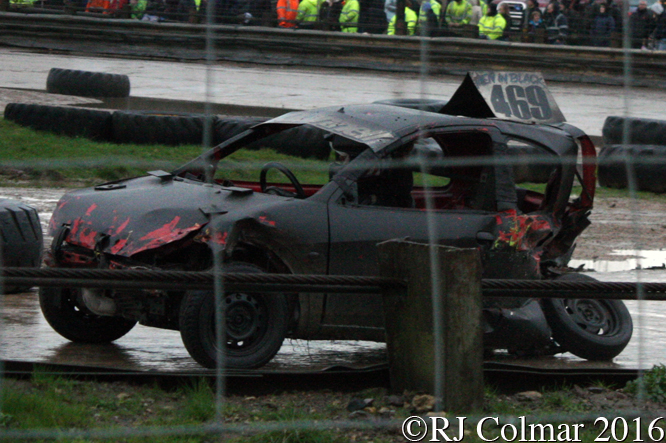
Paul Quinell easily won the unofficial most trashed rear axle with both wheels still attached and rotating award in his #469 Ford Ka which ran in the Micro Banger Class.

Peter Dodge guides his BMC Farina, could be an Austin or Morris but is almost certainly not a Wolseley, past the wreck that comprises the #909 Triumph Toledo driven by Jamie “Mr Blobby” Duff and #183 Morris Marina Estate Jack Strudwick that has been rear ended by an unidentified competitor.
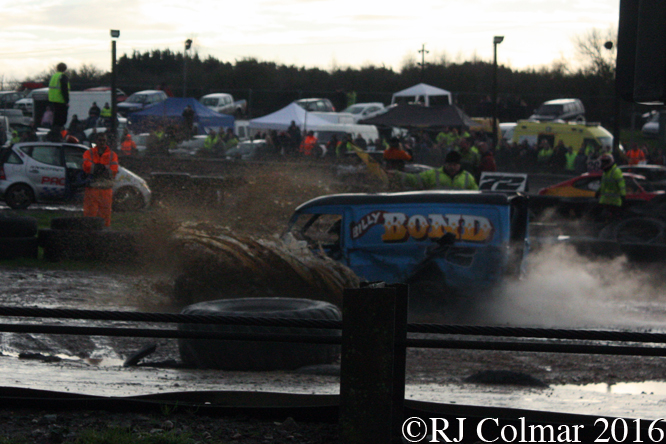
Short on steering control but still making progress Billy Bond dips his #72 Morris Marina van in the infield mud above.

James Dodge like Peter pedaling a BMC Farina engages in a bit of rim riding hoping he will not get T boned by the green #632 Ford Cortina driven by Kallum Reed.
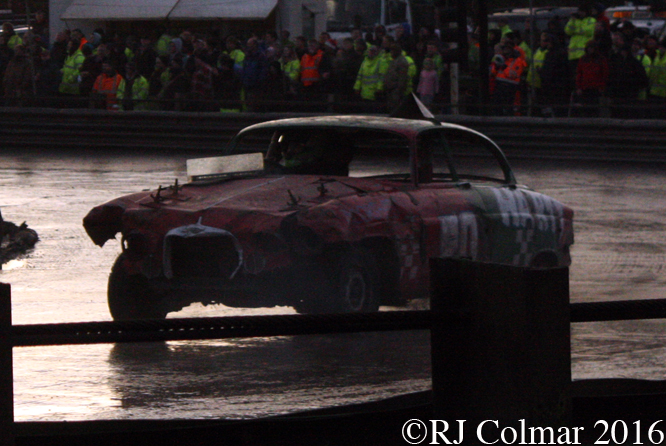
The #70 Jaguar Mark X driven by Steven Hart above in the Unlimited Class sports a deflector on the bonnet, how effective it was at either keeping the occupant dry or giving him improved vision is debatable.
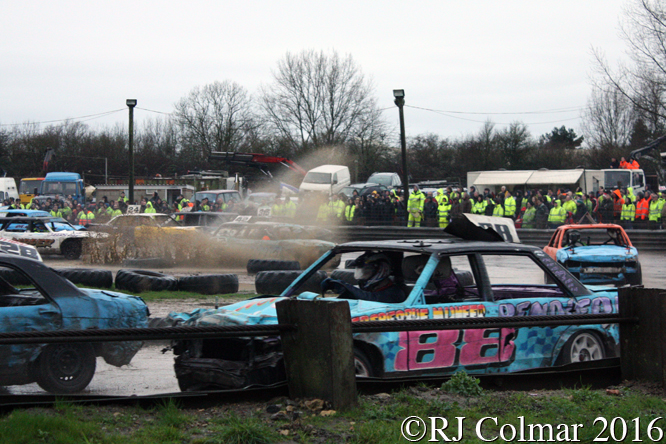
I’m pretty sure the winning car of the unlimited class was the #88 Ford Granada driven by Randy Mulder, though looking at the entry list I see there was a second #88 entered for Billy Page so I am now not quite so sure.
Either way after an entertaining afternoon getting rather wet and cold watching 228 Bangers slip and slide through the mud I headed back to the overflow car park and was pleased to get my Golf Estate out of the parking facility without the aid of a four wheel drive pickup truck that was standing by just in case.
Thanks for joining me on this “Heavy Metal Classic” edition of “Gettin’ a li’l psycho on tyres.” I hope you will join me again tomorrow when I’ll be looking at another Daytona 24 Hour competitor. Don’t forget to come back now !


